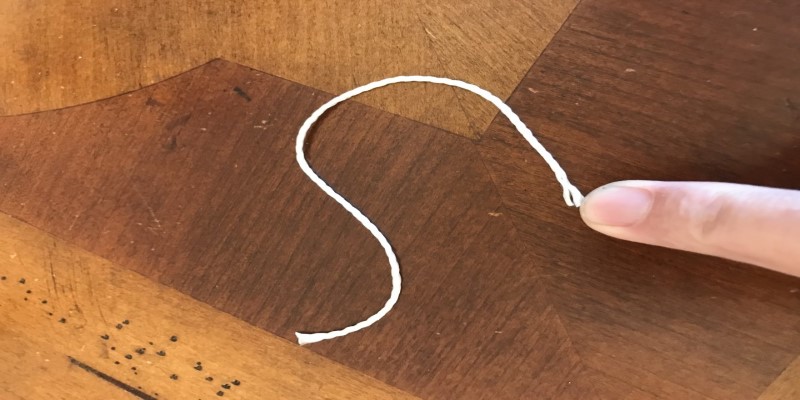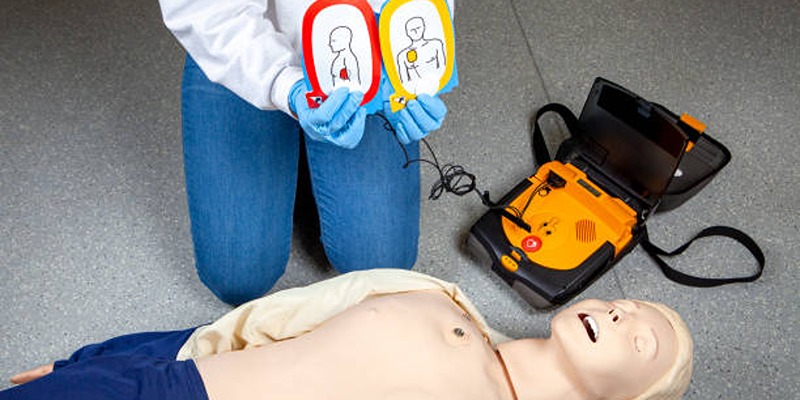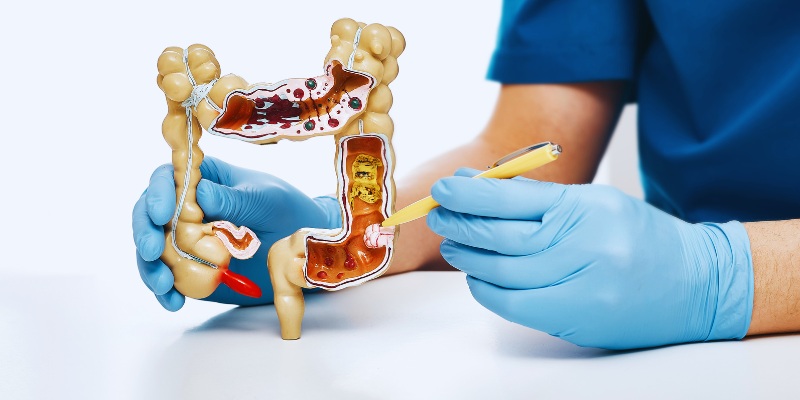How CPR Can Be a Game-Changer in Combating the Opioid Epidemic?
The opioid epidemic continues to pose a severe public health crisis, claiming thousands of lives each year due to overdoses. One life-saving measure that has gained attention in this fight is cardiopulmonary resuscitation (CPR). While often associated with cardiac emergencies, CPR can play a critical role in addressing respiratory arrest caused by opioid overdoses. When combined with the timely administration of naloxone, CPR can help restore breathing and circulation until professional medical help arrives.
Understanding the Opioid Epidemic:
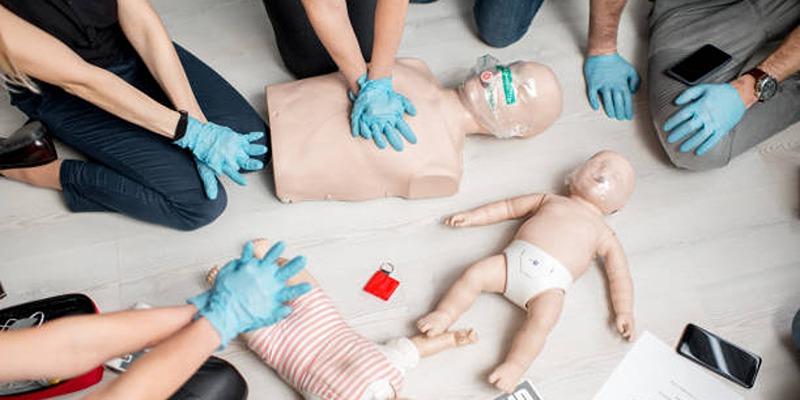
Opioids function as a drug group that incorporates doctor-prescribed painkillers and synthetic opioids with illegal drugs which demonstrate exceptional pain control properties. Medical professionals must prevent the dangerous effects that arise from wrong opioid use, including addiction, overdose and death.
An overdose with opioids takes place when the drugs make their way into the body to such an extent that they disable breathing functions and produce a state of unconsciousness possibly leading to heart stoppage. Prompt medical intervention stands necessary to save a person experiencing an overdose because the situation can prove to be fatal otherwise. The lifesaving CPR technique provides individuals with an essential opportunity of survival when emergencies strike.
The Importance of CPR in Opioid Overdose Emergencies:
CPR, a lifesaving procedure commonly associated with cardiac arrest, plays a critical role in opioid overdose situations as well. While these emergencies may differ in cause, both demand swift action to preserve oxygen flow and circulation. Here’s how CPR can make a life-or-death difference during an opioid overdose:
1. Restoring Vital Breathing and Circulation
Opioid overdoses frequently result in respiratory failure, where breathing slows significantly or stops altogether. Without oxygen, the brain and other vital organs quickly begin to fail, sometimes leading to cardiac arrest. By performing CPR, bystanders can help maintain blood flow and oxygenation, buying precious time until medical professionals arrive. Additionally, chest compressions may stimulate breathing, offering a crucial lifeline in these critical moments.
2. Sustaining Life Until Naloxone Can Be Administered
Naloxone, a medication designed to reverse opioid overdoses, can be a game-changer—but it takes time for emergency responders to arrive and administer it. CPR serves as a vital bridge during this window, keeping the individual alive and improving the odds of survival and recovery.
3. Empowering Communities to Act
In many overdose scenarios, bystanders may be present but feel uncertain or powerless to intervene. Training individuals in CPR provides not only the skills but also the confidence to respond swiftly and effectively. This is especially critical in rural or underserved areas, where delays in emergency services are more likely.
Why CPR Training Matters in Communities
Expanding CPR training and education is crucial for addressing the opioid epidemic and saving lives. Here’s how increasing CPR awareness can significantly benefit communities:
1. Boosting Survival Rates
Research shows that immediate CPR can double or even triple survival chances after cardiac arrest. In the case of opioid overdoses, timely intervention can mean the difference between life and death. By equipping more individuals with CPR skills, communities can drastically improve outcomes for overdose victims.
2. Easing the Strain on Emergency Services
When bystanders are trained in CPR, they can provide critical, immediate assistance before emergency responders arrive. This eases the burden on stretched emergency services, especially in regions facing high overdose rates or limited resources.
3. Fostering a Culture of Preparedness
CPR training promotes a sense of responsibility and readiness within communities. It empowers individuals to act during emergencies and strengthens collective efforts to tackle public health crises like the opioid epidemic.
Integrating CPR and Naloxone:
CPR is a life-saving technique, but its impact is amplified when paired with naloxone. This medication effectively blocks the effects of opioids on the brain, rapidly reversing respiratory depression. Administering naloxone promptly can restore normal breathing and significantly reduce the risk of fatality.
1.CPR and Naloxone Administration
Organizations are increasingly offering training programs that combine CPR with naloxone administration. These programs equip participants to respond holistically to opioid overdoses, addressing both respiratory failure and the cardiac complications that can arise during a crisis.
2. Expanding Naloxone Accessibility
Improving access to naloxone through pharmacies, community centers, and schools enhances overdose response efforts. When paired with CPR training, these initiatives create a stronger safety net for individuals at risk, ensuring faster and more effective interventions during emergencies.
Breaking Down Barriers to CPR Adoption:
CPR is a powerful tool in the fight against the opioid epidemic, but several obstacles hinder its widespread use. Overcoming these challenges is essential to unlock its full potential.
1. Raising Awareness
CPR plays a vital role in saving lives during opioid overdoses, yet many people remain unaware of its importance. In these emergencies, every second counts, and knowing how to perform CPR can mean the difference between life and death. Public education campaigns are essential to spreading this knowledge, emphasizing not only the value of CPR as a life-saving skill but its specific application in opioid-related situations. Leveraging platforms such as social media, community events, and partnerships with health organizations can help educate a wider audience, empowering individuals to understand the life-changing impact of learning CPR.
2. Reducing Legal Fears
Legal concerns often deter bystanders from performing CPR, particularly in cases involving opioids. Many worry about unintentionally causing harm or facing legal repercussions for stepping in. Raising awareness about Good Samaritan laws—which protect individuals who provide aid in good faith—can ease these fears and encourage more people to take action. Clear messaging in training programs, targeted outreach, and collaboration with legal experts can dispel misconceptions about liability, empowering bystanders to act confidently and save lives.
3. Improving Access to Training
Limited access to CPR training, especially in underserved areas, leaves many communities unprepared for emergencies. Addressing this gap is critical, particularly in regions where opioid overdoses are prevalent. Offering free or low-cost CPR training through schools, workplaces, community centers, and virtual platforms can ensure more people are equipped to respond effectively. Efforts should prioritize inclusivity by providing training in multiple languages, tailoring programs to diverse populations, and focusing on the unique challenges of opioid-related emergencies.
Future of CPR in Public Health:
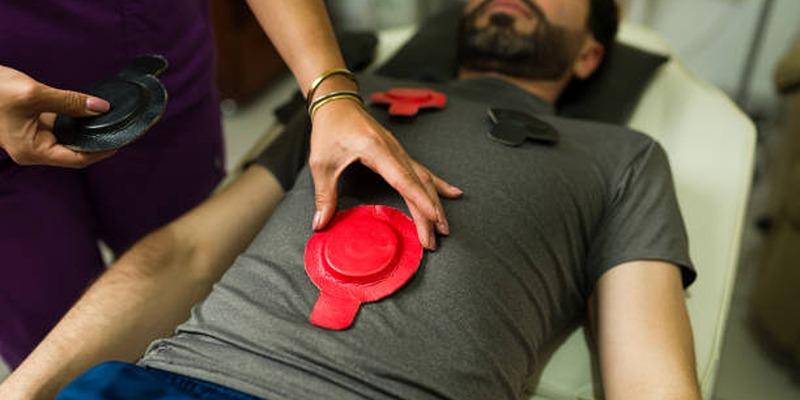
CPR is a practical, accessible, and cost-effective tool that has the potential to save lives and strengthen communities. By integrating CPR training into broader public health efforts, we can build a more resilient society, equipped to handle emergencies with confidence and compassion.
Expanding Access to Training
Collaboration between governments, nonprofits, and private organizations can significantly broaden the reach of CPR training programs. Schools, in particular, offer an ideal platform to equip young people with these life-saving skills early on.
Harnessing Technology
Technology offers innovative ways to share CPR knowledge. Online courses, mobile apps, and virtual reality simulations can make CPR training more engaging and accessible, breaking down barriers to learning.
Conclusion
The opioid epidemic is a complex crisis that demands a multifaceted response. While long-term solutions like prevention, treatment, and policy reform are critical, immediate interventions such as CPR training can save lives in moments of crisis. By empowering individuals with the knowledge and skills to perform CPR, we can reduce overdose deaths, support at-risk communities, and move toward a safer, healthier future.




